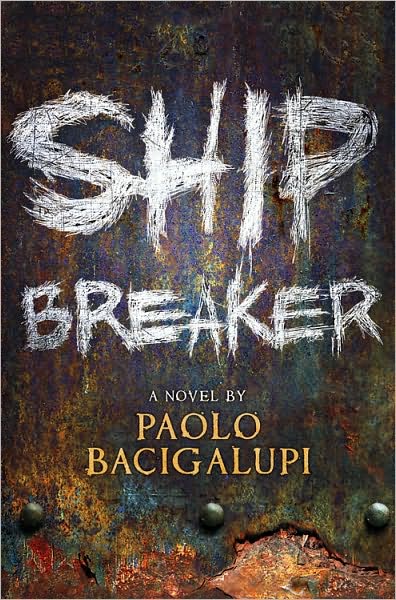(click on this image to go to the comic explaining the genesis of the story, shared with Wired Magazine.)
I know it seems odd to be reading a review of a graphic novel when all I have been talking about is gaming for the last week, but Level Up takes the idea of gaming and puts it at the heart of a intriguing story. Created by writer Gene Luen Yang and illustrator Thien Pham (Yang also did the fantastic American Born Chinese), Level Up tells the story of young man — Dennis Ouyang — whose parents dream of a future that he doesn’t want. At least, at first. What he wants to be doing is gaming. All day. All the time. What his parents want him to be doing is learning to become a doctor. All day. All the time. The conflict is there in those set of dueling expectations and lost moments of connections between parents and son, and this story has some slightly odd twists that could only be pulled off in a graphic novel, including a quartet of strange sprites who appoint themselves his guardian angels.
The conflicts of obsession and family in Level Up calls attention to both the addictive aspects of gaming as well as the notions that outsiders have about gaming that it is “a waste of time.” If we watch someone spend hours playing games, is it a productive activity? One thing that I struggle with as a parent is that when my sons play video games, I feel as if I want to lean into their heads and hear what is going on, just to validate my saying “yes” to their request to play games. This is a similar struggle that I have as a teacher thinking through the possibilities of my classroom. How do I know there is learning going on? So much of gaming is internalized, and to be honest, we don’t quite understand the processes of the mind when kids are immersed in gaming worlds. Or at least, I don’t. Even though I see the value of gaming, my first instinct to my sons is always “no, go outside and play.”
And yet … gaming brings something to the table. Something creative, and something inventive, and something different, too. That’s the exploration I am doing — trying to figure that out.
A similar struggle emerges in Level Up on a larger and more complex scale that also deals with the immigrant experience and Asian family dynamics. In the end, Dennis is able to use his fine-motor skills honed by years of gaming to make his own entry into the medical world, fulfilling both his parents’ dream for him and finding his own satisfaction. If only every gamer found that kind of calling in the world of adults ….
Peace (in the games),
Kevin




 Last year, at our school, we had the wonderful illustrator and writer Mordicai Gerstein come in and work with kids around creating picture books. While he was here, he donated a few books for the library, and then the librarian in turn passed one of them along to me. It is called I Am Arachne, and Gerstein is the illustrator (and the writer is Elizabeth Spires). As part of my
Last year, at our school, we had the wonderful illustrator and writer Mordicai Gerstein come in and work with kids around creating picture books. While he was here, he donated a few books for the library, and then the librarian in turn passed one of them along to me. It is called I Am Arachne, and Gerstein is the illustrator (and the writer is Elizabeth Spires). As part of my 
